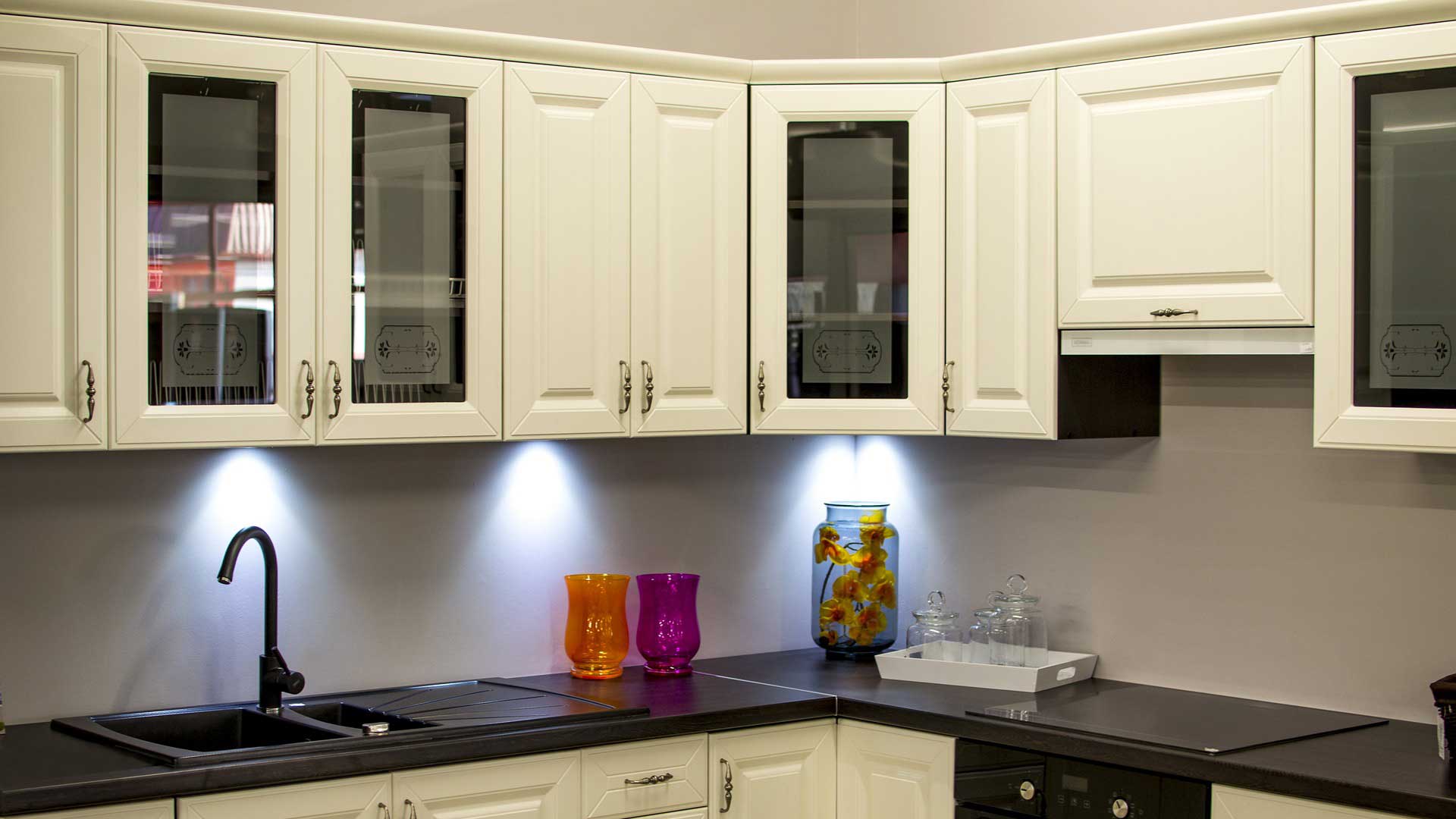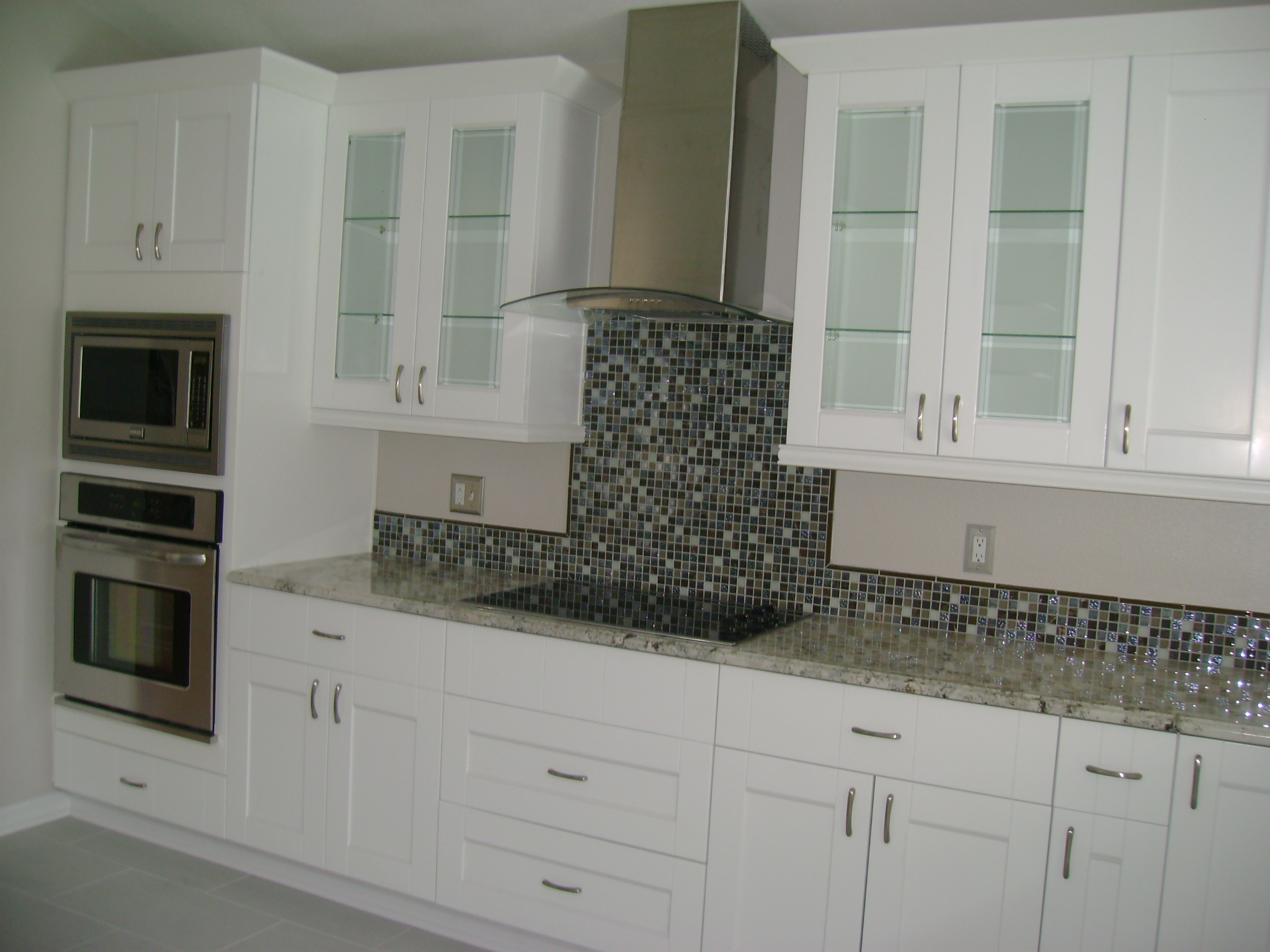
Introduction
When it comes to kitchen cabinets, homeowners have the option to choose between custom and stock cabinets. Both options have their own set of advantages and disadvantages, and understanding the difference between them is crucial in making an informed decision. In this article, we will explore the key characteristics of custom and stock cabinets, highlighting their distinctive features, benefits, and drawbacks. Whether you are planning a kitchen renovation or building a new home, this guide will help you determine which type of cabinets best suits your needs and budget.
Custom Cabinets

Custom cabinets are built to order, specifically tailored to fit the dimensions and design preferences of a particular kitchen. These cabinets are constructed by skilled craftsmen who take pride in their workmanship and attention to detail. Here are some key features of custom cabinets:
- Unlimited Design Options: With custom cabinets, homeowners have the freedom to choose from a wide range of design options. From the type of wood and finish to the door style and hardware, every aspect can be customized to create a kitchen that reflects personal taste and style.
- Precision Fit: Custom cabinets are built to precise measurements, ensuring a perfect fit in any space. This is particularly beneficial for kitchens with unique layouts or unconventional dimensions, as custom cabinets can be tailored to maximize storage and functionality.
- High-Quality Materials: Custom cabinets are typically made from high-quality materials, such as solid wood or plywood, which offer superior durability and longevity compared to stock cabinets. The use of premium materials also results in a more luxurious and aesthetically pleasing look.
- Attention to Detail: Custom cabinets are known for their meticulous craftsmanship and attention to detail. Skilled artisans carefully handcraft each cabinet, ensuring that every joint is seamless, every edge is smooth, and every finish is flawless.
While custom cabinets offer numerous advantages, they also come with a few drawbacks:
- Higher Cost: Custom cabinets are typically more expensive than stock cabinets due to the labor-intensive nature of their production. The customization process, premium materials, and skilled craftsmanship all contribute to the higher price tag.
- Longer Lead Time: Since custom cabinets are made to order, they require a longer lead time compared to stock cabinets. The production process can take several weeks or even months, depending on the complexity of the design and the availability of materials.
- Complex Installation: Custom cabinets often require professional installation due to their precise measurements and unique design. This adds an additional cost to the overall project and may prolong the timeline of the kitchen renovation.
Stock Cabinets

Stock cabinets, also known as prefabricated cabinets, are mass-produced and readily available in standard sizes. These cabinets are manufactured in large quantities and sold as pre-built units. Here are some key features of stock cabinets:
- Affordability: Stock cabinets are generally more affordable than custom cabinets. The mass production and standardized sizes allow for cost savings, making them a popular choice for homeowners on a budget.
- Quick Availability: Since stock cabinets are pre-built and readily available, they can be purchased and installed relatively quickly. This is advantageous for homeowners with time constraints or those looking for a faster kitchen renovation process.
- Easy Installation: Stock cabinets are designed for easy installation and can often be assembled and installed by homeowners themselves. This reduces labor costs and allows for a more convenient and hassle-free installation process.
- Limited Design Options: Unlike custom cabinets, stock cabinets offer limited design options. They come in a range of pre-determined styles, finishes, and colors, but customization options are minimal. This may limit the ability to achieve a unique and personalized look.
- Standardized Sizes: Stock cabinets are available in standard sizes, which means they may not fit perfectly in all kitchen layouts. In some cases, filler panels or additional modifications may be required to achieve a seamless and cohesive look.
Which Option Is Right for You?

Choosing between custom and stock cabinets ultimately depends on your specific needs, budget, and preferences. Here are a few factors to consider when making this decision:
- Budget: If budget is a primary concern, stock cabinets may be the more practical choice. They offer a cost-effective solution without compromising on quality or functionality.
- Design Flexibility: If you have a specific vision for your kitchen and want complete design control, custom cabinets are the way to go. They allow for unlimited design options and can be tailored to your exact specifications.
- Timeline: If you are working on a tight schedule and need your kitchen cabinets installed quickly, stock cabinets are the most time-efficient option. Custom cabinets, on the other hand, require a longer lead time.
- Unique Layout: If your kitchen has unconventional dimensions or a unique layout, custom cabinets can be customized to maximize storage and functionality, ensuring a perfect fit.
- Long-Term Investment: If you view your kitchen cabinets as a long-term investment and prioritize durability and quality, custom cabinets made from high-quality materials may be worth the higher cost.
Summary

Choosing between custom and stock cabinets is a significant decision when it comes to kitchen renovations or new construction. Custom cabinets offer unlimited design options, precision fit, high-quality materials, and meticulous craftsmanship, but they can be more expensive and require a longer lead time. On the other hand, stock cabinets are more affordable, readily available, and easy to install, but they offer limited design options and may not fit perfectly in all kitchen layouts. Consider your budget, design preferences, timeline, and kitchen layout when making this decision. Remember, both options have their own set of advantages and disadvantages, and the choice ultimately depends on what best suits your needs and priorities.